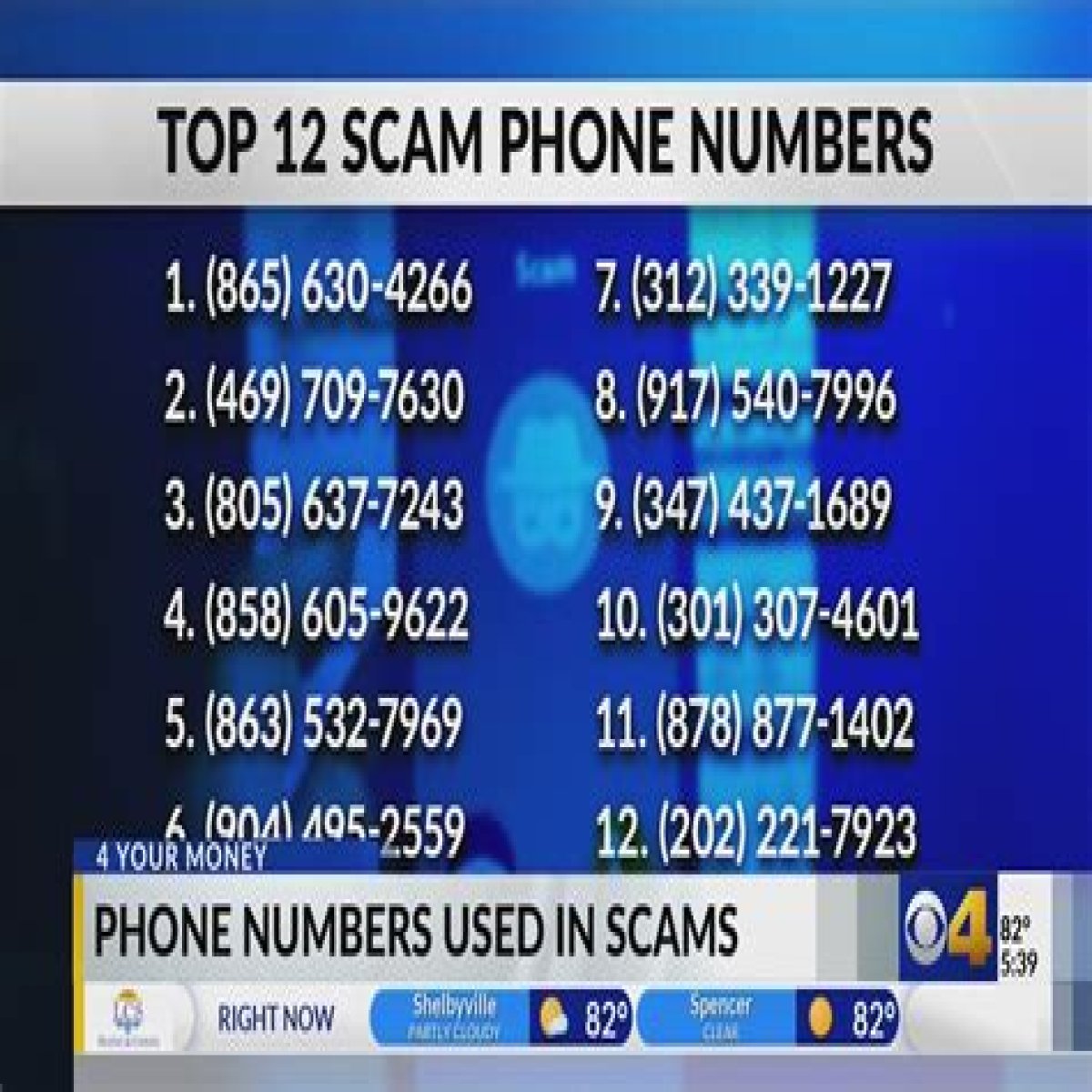In today's digital age, prank calls have taken on a new twist with the rise of scam call numbers. These numbers, often associated with telemarketing and fraudulent schemes, have become a source of amusement for many looking to play harmless pranks on friends and family. However, it's essential to navigate this landscape carefully, as the line between a good laugh and potential consequences can sometimes blur. This article will delve into the fascinating world of scam call numbers used for pranks, exploring the psychology behind it, strategies for effective pranking, and the legal implications involved.
As we embark on this journey, it's crucial to understand the importance of humor in our lives. Humor not only serves as a tool for entertainment but also as a coping mechanism during challenging times. Utilizing scam call numbers for pranking can provide a light-hearted escape, allowing individuals to bond over shared laughter. However, while the intent may be innocent, ensuring that the prank remains harmless and does not infringe on others' rights is vital.
Join us as we uncover the best practices for executing prank calls using scam numbers, the ethical considerations to keep in mind, and how to safely navigate this unique aspect of humor. Whether you're a seasoned prankster or a curious newcomer, this comprehensive guide will equip you with the knowledge needed to create memorable and entertaining experiences.
Table of Contents
What Are Scam Call Numbers?
Scam call numbers are typically associated with fraudulent activities, where scammers attempt to deceive individuals into providing personal information or financial details. These calls often originate from telemarketers or individuals posing as representatives from legitimate organizations.
Common types of scam calls include:
- Robocalls
- Prize scams
- Tech support scams
- Impersonation scams
While these calls can be annoying, they also present an opportunity for pranks when used creatively. By utilizing known scam numbers, pranksters can create amusing scenarios that entertain rather than harm.
The Psychology of Pranking
The act of pranking taps into various psychological principles, including humor, surprise, and social bonding. Understanding why people engage in pranks can enhance the effectiveness of your approach.
Key psychological aspects include:
- Humor: Pranks often elicit laughter, which can promote a sense of happiness and well-being.
- Surprise: The unexpected nature of a prank can create memorable moments.
- Social Bonding: Sharing laughter strengthens relationships and builds camaraderie.
By leveraging these psychological principles, pranksters can create enjoyable experiences for all involved.
How to Prank with Scam Call Numbers
Executing a successful prank using scam call numbers involves careful planning and creativity. Here are some essential steps to follow:
Choosing the Right Number
Selecting the right scam call number can significantly impact the success of your prank. Consider the following:
- Research popular scam numbers that are widely recognized.
- Choose numbers that are known for humorous interactions.
- Avoid numbers that may lead to serious consequences or legal issues.
Crafting the Perfect Script
A well-thought-out script can enhance the prank's effectiveness. Here are some tips for crafting your script:
- Keep the tone light and humorous.
- Incorporate funny scenarios or outrageous claims.
- Be prepared to improvise based on the recipient's reactions.
Remember, the goal is to create laughter, not discomfort!
Legal Implications of Prank Calls
While pranks can be fun, it's crucial to understand the legal implications associated with prank calls. Many jurisdictions have laws against harassment and invasion of privacy. It's essential to ensure that your prank does not violate these laws.
Key legal considerations include:
- Do not use prank calls as a means of harassment.
- Ensure that the prank does not cause emotional distress.
- Be aware of local laws regarding telemarketing and unsolicited calls.
Educating yourself on these laws can help you avoid unintended consequences.
Harmless Pranks vs. Harmful Pranks
Understanding the difference between harmless and harmful pranks is essential. Harmless pranks focus on fun and laughter, while harmful pranks can lead to emotional distress and potential legal issues.
Characteristics of harmless pranks include:
- Light-hearted and funny.
- Involving willing participants.
- Leaving everyone feeling good after the prank.
Conversely, harmful pranks often result in negative emotions and can damage relationships.
Tips for Successful Pranking
To ensure your prank is successful and enjoyable, consider the following tips:
- Know your audience—make sure the recipient has a good sense of humor.
- Practice your delivery to maintain a straight face.
- Be prepared for unexpected reactions.
- Always prioritize fun over malice.
Conclusion
In conclusion, prank calls using scam numbers can be a source of laughter and joy when executed thoughtfully. By understanding the psychology behind pranking and adhering to legal guidelines, you can create memorable experiences that bring people together. Remember to keep the pranks light-hearted and ensure that they remain harmless.
If you have enjoyed this article, feel free to leave a comment, share your own prank experiences, or explore more articles on our site for additional entertainment ideas.
Thank you for reading, and we hope to see you back here for more engaging content!
Islamic Quotations About Life: Wisdom For Everyday LivingWho Was Jim Nabors' Wife? A Look Into The Life Of A Beloved Star And His MarriageBald Woman Funny: Embracing Humor And Strength In Hairlessness
